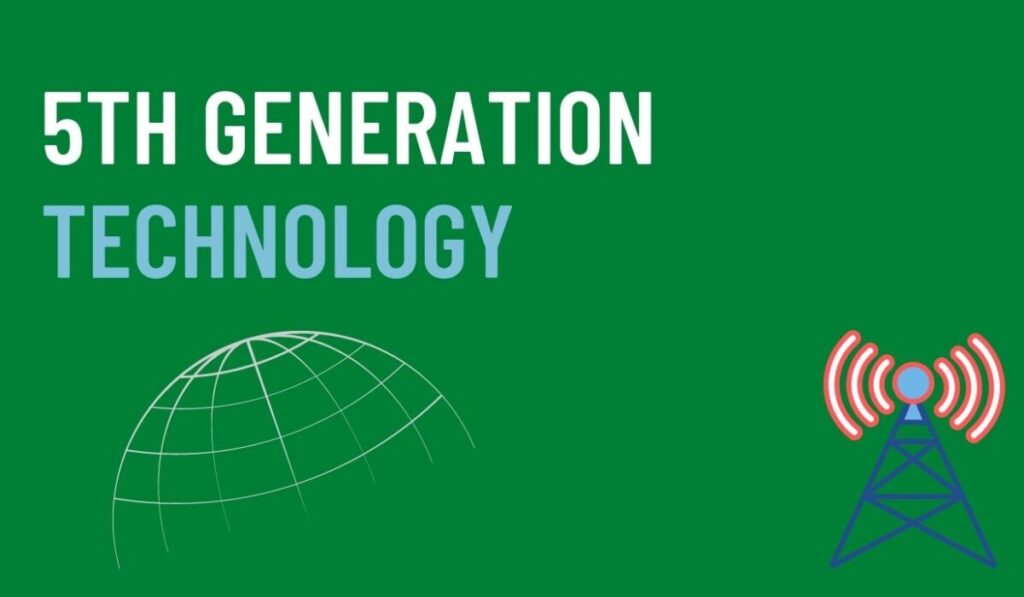India First 5G testbed network is a key part of the government’s Digital India initiative, which aims to transform the country into a digitally-empowered society and economy. 5G technology is expected to play a major role in achieving this goal, by enabling the roll-out of next-generation services and applications.
The 5G Test Bed is a significant milestone for India in its journey towards 5G, and will pave the way for the country to become a leading player in this transformative technology.
India is set to become one of the first countries in the world to test out 5G technology, with the launch of its first 5G test bed. This is a major step forward for India, which has been lagging behind in the rollout of 5G technology. The test bed will allow the country to catch up with other nations that have already started testing and deploying 5G networks. It is also a boost for the Indian telecom industry, which has been struggling in recent years.
India’s first 5G testbed, worth Rs 220 crore, was recently launched by Prime Minister Narendra Modi.
What is India first 5g Testbed?
India First 5G testbed network is a multi-stakeholder collaborative project by eight institutes and led by IIT Madras. The other seven institutes are IIT Delhi, IIT Hyderabad, IIT Bombay, IIT Kanpur, IISc Bangalore, and Society for Applied Microwave Electronics Engineering & Research (SAMEER) and Centre of Excellence in Wireless Technology (CEWiT).
The test bed will be used to trial a range of 5G applications and services, including high-speed data, ultra-low latency and high-definition video streaming. It will also be used to develop new use cases for 5G technology in areas such as smart cities, connected vehicles and the Internet of Things (IoT).
The test bed will be used to evaluate a range of 5G technologies, including network architecture, equipment, and services. It will also be used to test out new applications such as e-health, e-education, and smart city solutions. The aim is to create a 5G ecosystem in India that can be used by businesses and consumers alike.
The test bed is a crucial step in India’s journey to 5G, and it is hoped that it will help the country to lead the way in the development of this transformative technology.

What is 5G?
5G is the next generation of wireless data connectivity, succeeding the current 4G/LTE wireless data connectivity standard. 5G is set to increase the wireless data transmission speed by a factor of 20 to 100 compared to 4G/LTE, and will be designed to support faster data rates for consumer electronics. The term 5G is used on the marketing side to describe new features, network capabilities, and improved performance including higher connection speeds, reduced latency and greater reliability. However, 5G standards are still being discussed and developed. 5G will offer higher data rate, lower latency, more capacity, and lower cost per bit compared to present wireless systems. In order to support future services and applications, 5G will offer ultra-broadband, large capacity, and low-latency. It will enable a wide range of new applications like virtual reality and autonomous cars, and increase the number of connected devices per person from 2 to 25 or 30.
How 5G is different from 4G?
5G is a new generation of cellular network technology designed to bring faster wireless data speeds to users. The first 4G networks were commercially deployed in 2009. Since then, the requirements on the wireless networks have changed rapidly. The average download speed of a 4G user reached 22.5 Mbps in 2016, according to the latest report by OpenSignal. This is almost four times faster than the average speed of the first 4G networks in 2010. 5G is expected to deliver even faster wireless speeds. It will also support new technologies that require ultra-low latency, such as self-driving cars, Internet of Things (IoT) devices, and Augmented Reality (AR) applications.
Objective of establishing a 5G testbed in india
The aim of the 5G test bed is to validate the 5G technologies, architectures and protocols to be used for the development of 5G networks in India. The test bed will be implemented in three phases. In the first phase, the test bed will be set up in two districts, one rural and one urban in the two states of Andhra Pradesh and Rajasthan. The second phase will be set up in three more states (one in each) selected from the four metros, viz. Delhi, Mumbai, Kolkata and Chennai. The third phase will cover three more states, including one from North East India.
Benefits of 5g Technology
5G is the fifth generation of mobile communication technology. It’s still a few years off from being the standard, but it’s one of the most revolutionary technologies in mobile because of the advancements it allows for. It will allow for faster data transfers, reduced latency and increased capacity for more devices to connect at once. For the average person, this means a faster, more reliable Internet connection on your phone and a lot less waiting around.
Conclusion: 5G technology is going to bring a surge of developments in the field of electronics and technology.
5G is the fifth generation of mobile telecommunications technology. It is expected to be 100 times faster than 4G and will consist of a larger network of cell sites to achieve this speed. This technology is going to bring a surge of developments in the field of electronics and technology. The development of this technology will bring many positive things like high speed downloads from the internet and high speed service from your cell phone provider. But this technology also has its cons. It could make it easier for hackers to steal data from your cell phone and other electronic devices. It could also cause harmful radiation to be released into the air around us. Overall, this new technology will bring a lot of pros and cons. This is why we need to try to create a new technology that is better than the 5G.

